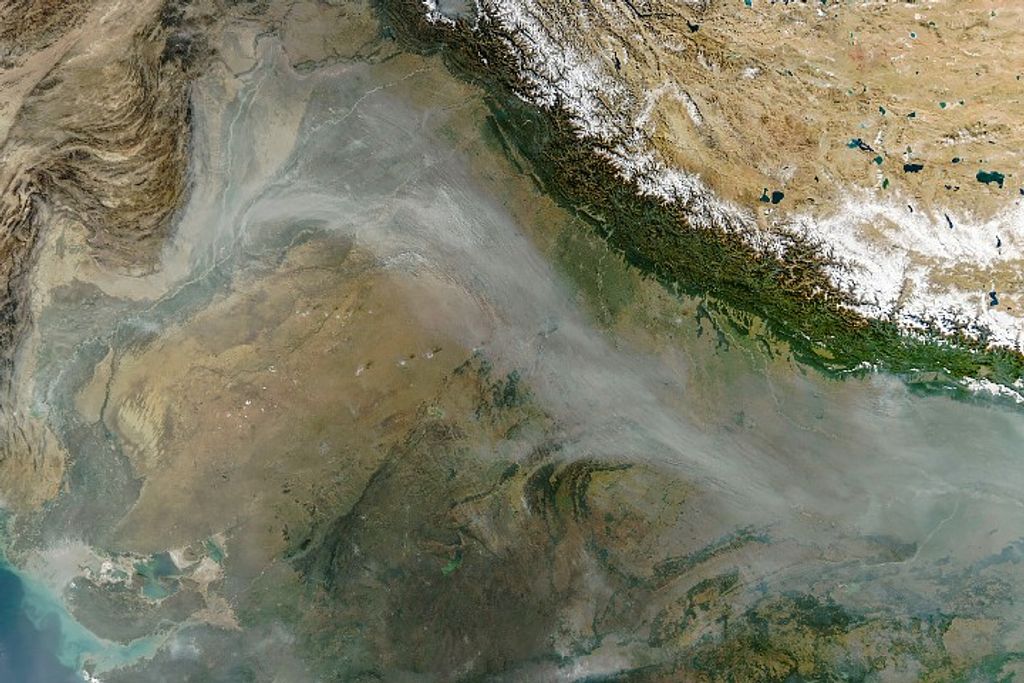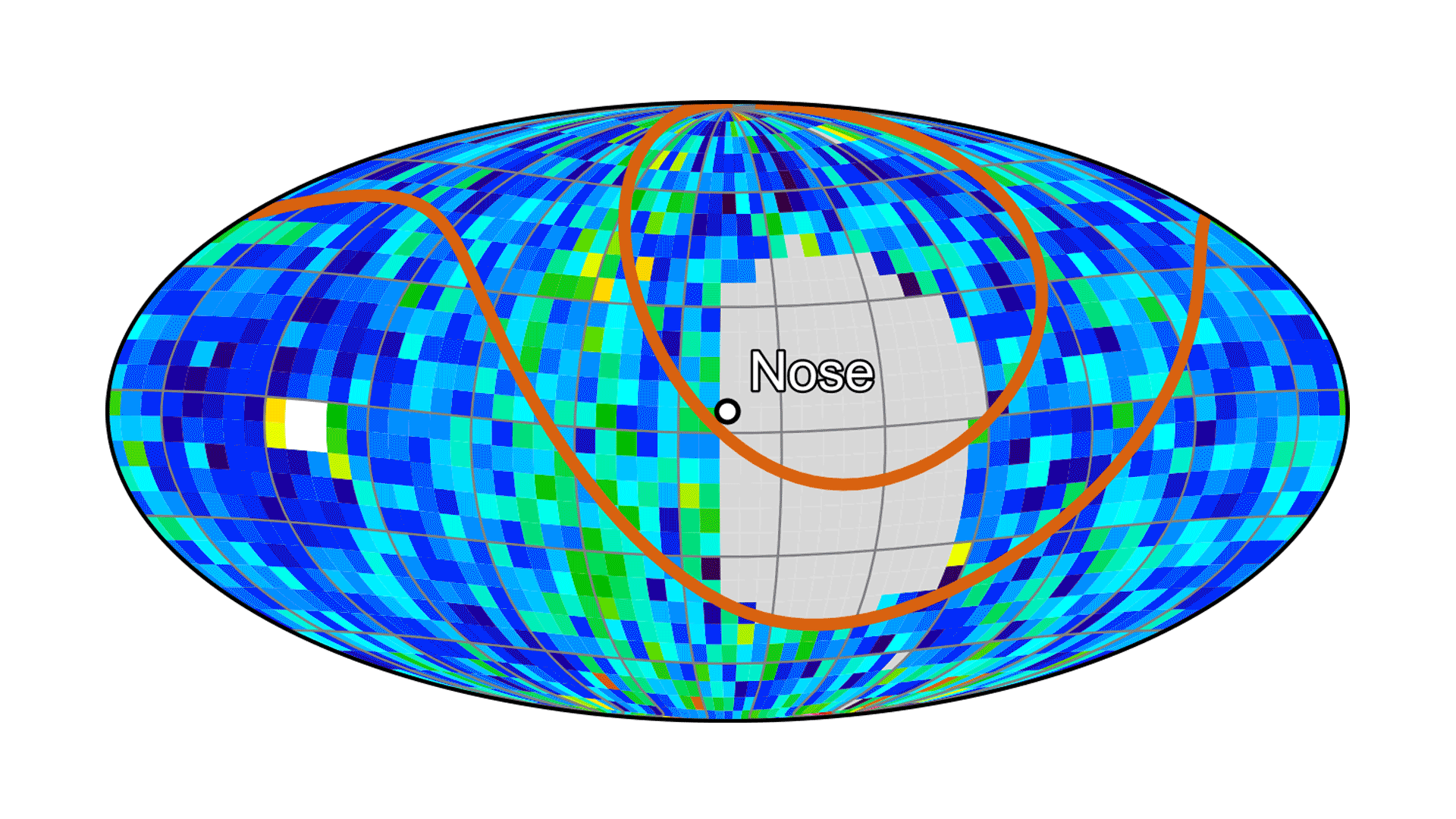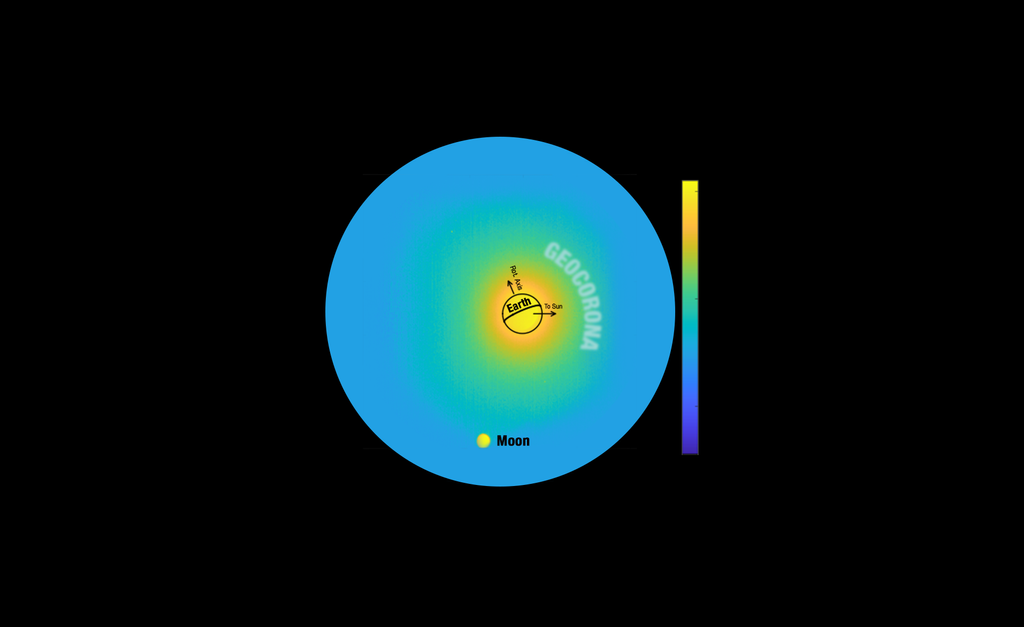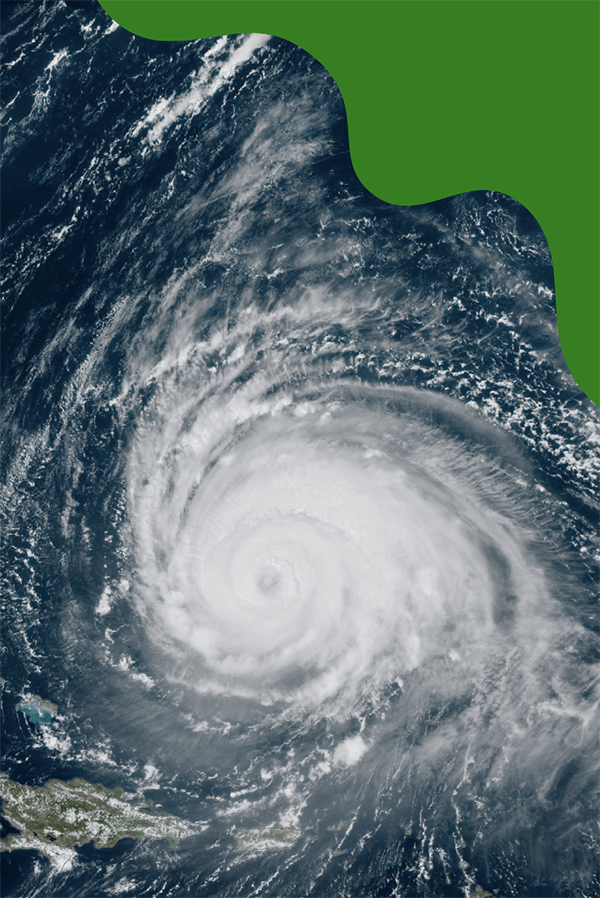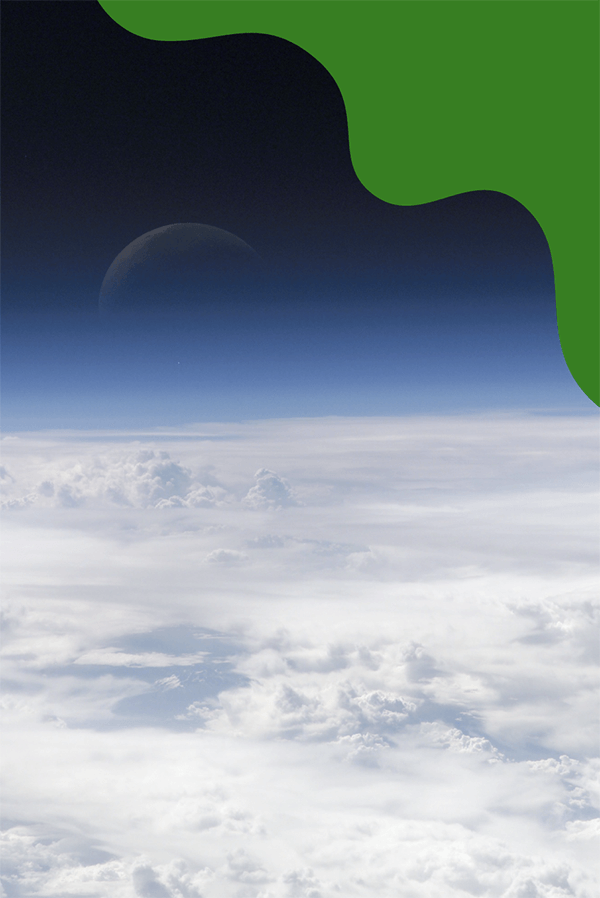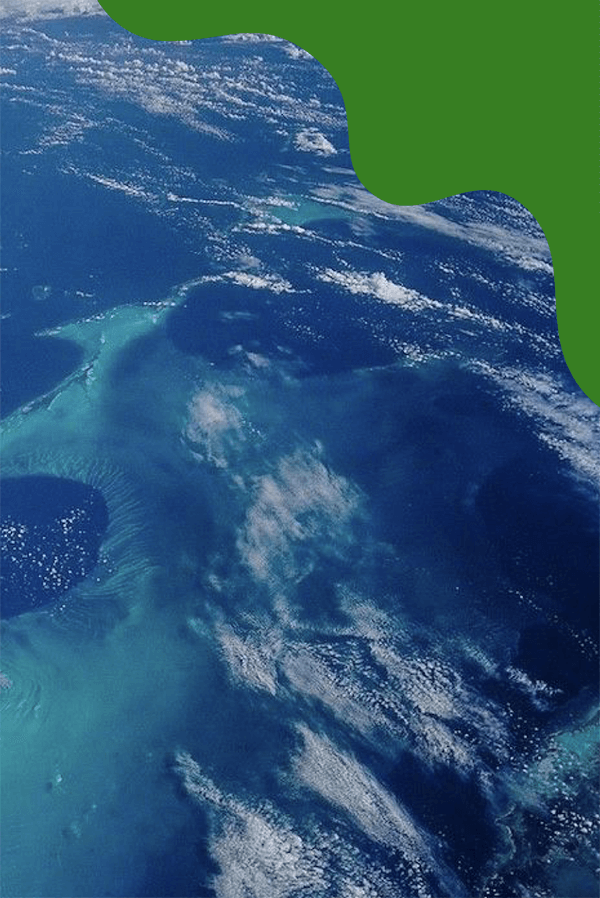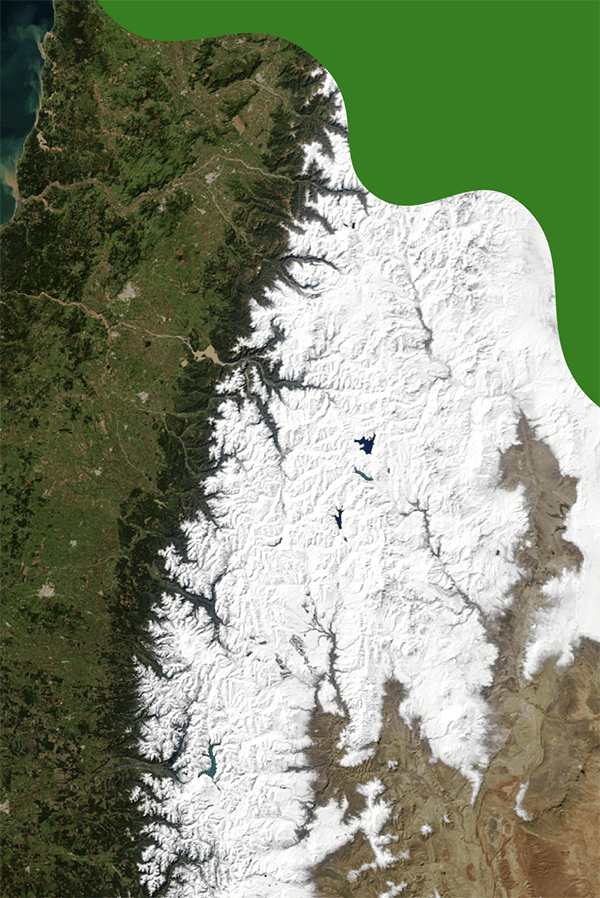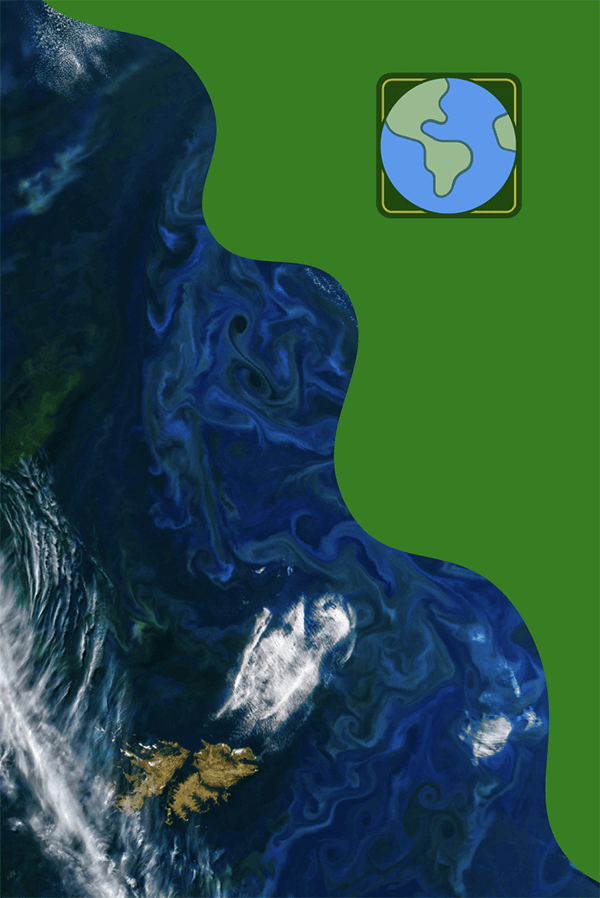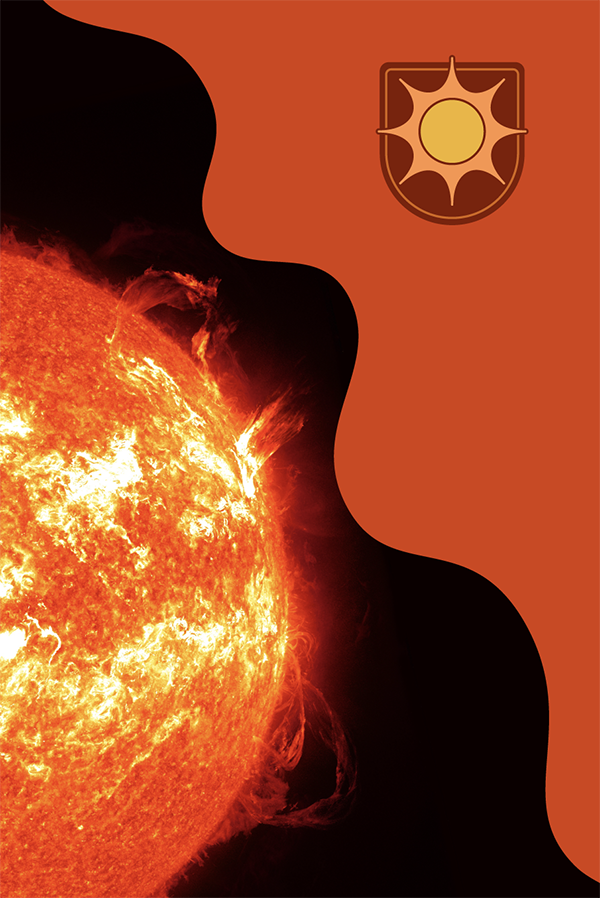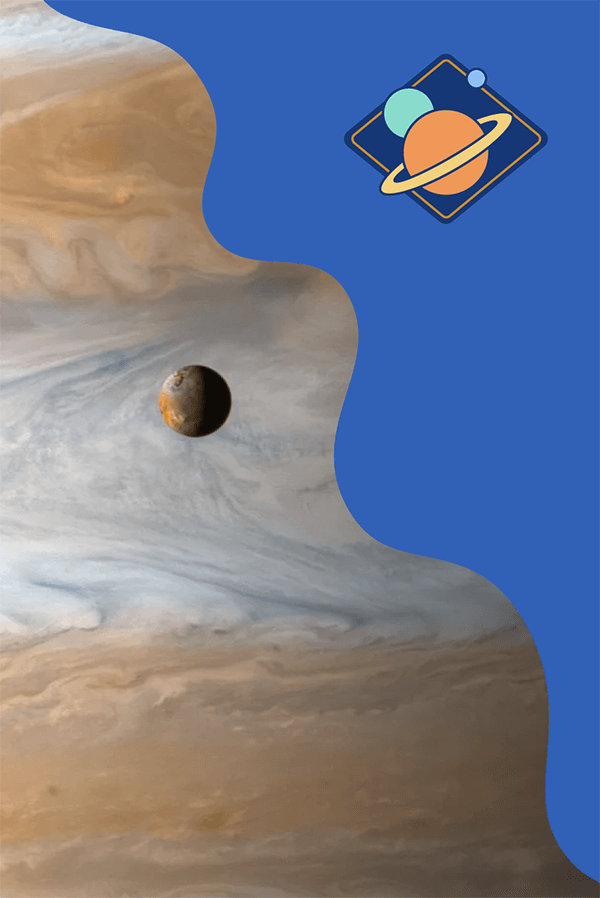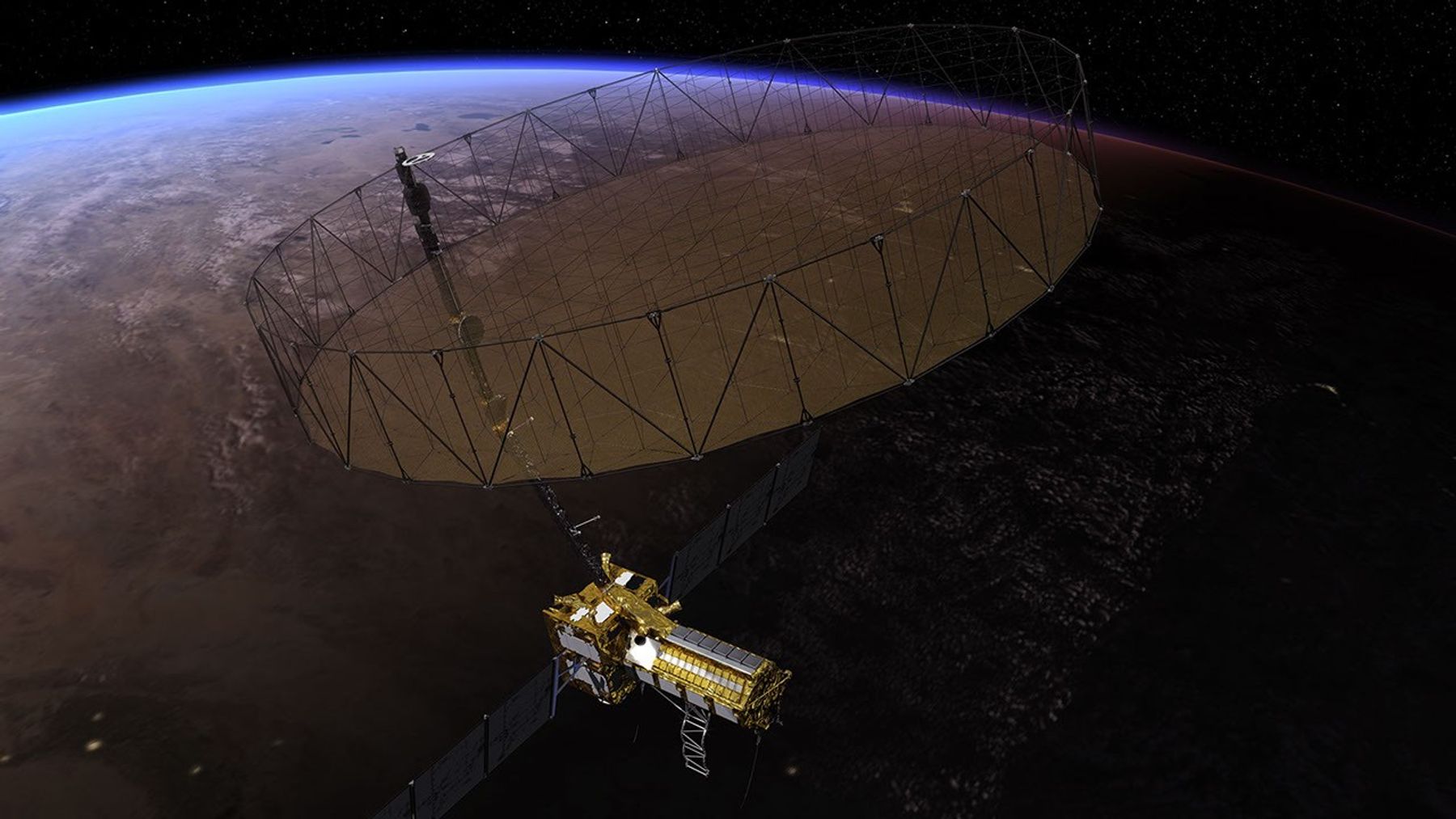


Mission: NISAR
When did NISAR launch?
July 30, 2025
Where is NISAR?
464 miles (747 km) from Earth
What does NISAR do?
NISAR, the short name for the NASA-ISRO (Indian Space Research Organization) Synthetic Aperture Radar mission, uses radar to see through the clouds to learn about the planet. It measures all of the world’s land and ice twice every 12 days. It studies natural hazards, such as earthquakes, volcanic eruptions and landslides. NISAR also tracks the motion of ice caps, glaciers and sea ice. It can also detect changes in ecosystems and monitor groundwater and soil moisture.
Learn more about NISAR.











